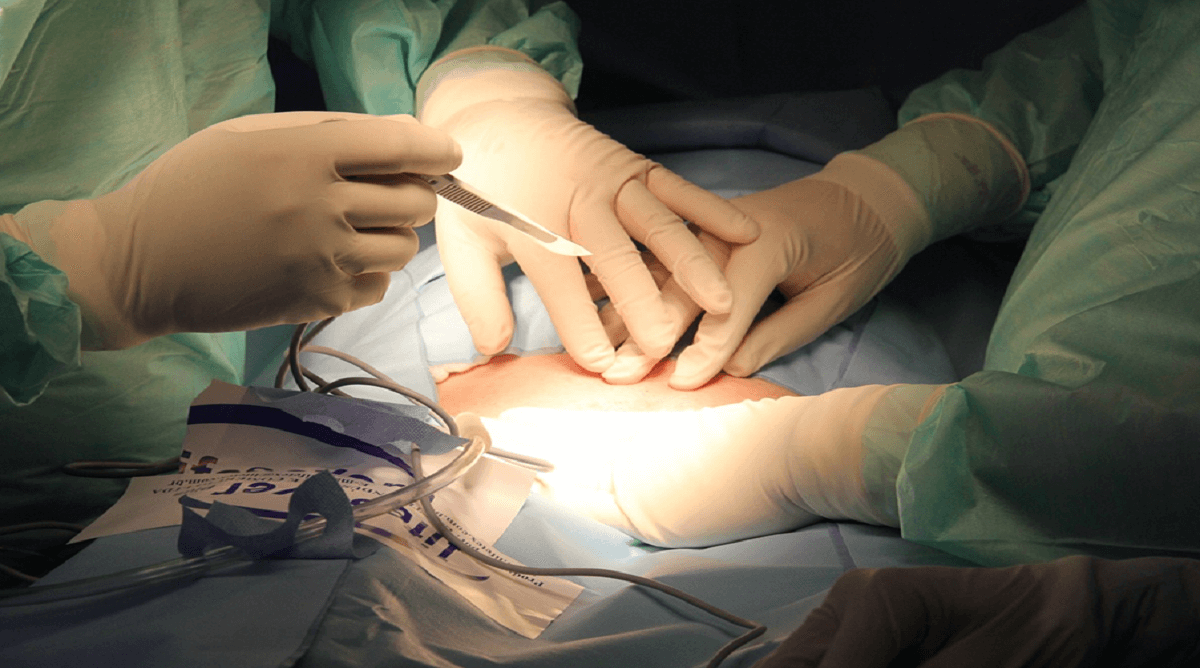Understanding Gynecomastia: Causes, Treatments, and Empowering Confidence in Men
While discussions about body image and self-confidence often focus on women, it is essential to recognize that men also face body-related concerns that can impact their self-esteem. One such concern is the development of male breasts, medically known as gynecomastia. It refers to the enlargement of breast tissue in males, resulting in a more feminine chest appearance.
This condition can affect males of all ages, from infancy to adulthood, and can have significant emotional and psychological implications. It is estimated that up to 70% of adolescent boys experience gynecomastia to some degree during puberty, with the condition often resolving on its own. However, for some individuals, gynecomastia persists into adulthood and may require medical intervention.
Gynecomastia can be a source of distress and self-consciousness for men, impacting their body image, self-esteem, and overall well-being. Society often emphasizes masculine ideals, contributing to feelings of inadequacy and shame for those with gynecomastia. However, it is important to understand that gynecomastia is a common condition with various causes, and individuals affected by it should not feel ashamed or stigmatized.
This informative piece aims to shed light on gynecomastia causes and available treatments and guide people to feel more empowered in their bodies and boost their self-esteem. Let’s get started!
Section 1: Treatment Options for Gynecomastia
1.1 Observation and Lifestyle Modifications
In some cases, gynecomastia may resolve on its own, particularly if it occurs during puberty. Observation and supportive measures, such as reassurance and guidance regarding healthy lifestyle habits, may be sufficient in these instances. Encouraging regular exercise, maintaining a balanced diet, and avoiding substances known to contribute to gynecomastia, such as anabolic steroids or excessive alcohol consumption, can be beneficial.
1.2 Medication
Medication may be considered when gynecomastia persists and causes significant distress. Hormone therapy using medications like tamoxifen or raloxifene can help block the effects of estrogen and reduce breast tissue size. However, medication is unsuitable for all cases of gynecomastia, and the decision to use it should be made in consultation with a healthcare professional.
1.3 Surgical Intervention
Surgery is often the most effective and long-lasting treatment option for gynecomastia. The surgical procedure, known as male breast reduction or gynecomastia surgery, aims to remove excess breast tissue and contour the chest for a more masculine appearance. Gynecomastia or any other type of breast reconstruction surgery is generally safe and associated with high patient satisfaction rates. We recommend the J. Hopkins Plastic Surgery team as an excellent resource if you want to consider this treatment an option.
Section 2: Understanding Gynecomastia
2.1 Definition and Prevalence
Gynecomastia is a condition characterized by the enlargement of male glandular breast tissue. It is not to be confused with pseudo gynecomastia, which refers to fat tissue accumulation in the chest area. Gynecomastia can affect one or both breasts and may cause discomfort or self-consciousness. It is estimated that up to 70% of adolescent boys experience gynecomastia to some degree during puberty, with the condition often resolving on its own. However, for some individuals, gynecomastia persists into adulthood and may require medical intervention.
2.2 Causes and Contributing Factors
Gynecomastia can have various causes and contributing factors. It is important to understand that the condition can arise due to hormonal imbalances, medications, underlying medical conditions, or a combination of these factors. Hormonal imbalances, specifically an increase in estrogen relative to testosterone, are often implicated in the development of gynecomastia. This hormonal imbalance can occur during puberty, when hormone levels fluctuate, or in adulthood due to age-related changes or other factors.
Medications can also play a role in gynecomastia development. Certain drugs, such as anabolic steroids, anti-androgens, and certain antidepressants, can disrupt the hormonal balance and contribute to breast tissue enlargement. Additionally, underlying medical conditions like liver disease, kidney disease, or hormonal disorders may cause gynecomastia.
Section 3: Impact and Psychological Effects of Gynecomastia
3.1 Emotional and Psychological Implications
Gynecomastia can significantly affect individuals who experience it. The physical changes associated with gynecomastia, such as breast enlargement and altered chest appearance, may lead to feelings of self-consciousness, embarrassment, and body dissatisfaction. Men with gynecomastia may experience negative body image, lower self-esteem, and anxiety about their appearance.
3.2 Social and Interpersonal Impact
The social impact of gynecomastia can be profound, affecting individuals’ confidence in social interactions and relationships. Men with gynecomastia may hesitate to participate in activities requiring removing their shirts, such as swimming or going to the beach, leading to feelings of isolation or avoidance. They may also encounter teasing, bullying, or negative peer comments, which can further contribute to their emotional distress.
Section 4: Empowering Men’s Body Confidence
4.1 Education and Awareness
Promoting education and awareness about gynecomastia is crucial in empowering men and reducing the stigma surrounding the condition. We can increase understanding and foster empathy by educating individuals about the causes, prevalence, and available treatment options for gynecomastia.
4.2 Support and Counseling
Providing support and counseling services for men with gynecomastia can help them navigate the emotional and psychological challenges of the condition. Counseling can address body image concerns and self-esteem issues and provide coping strategies for managing social and interpersonal challenges.
4.3 Body-Positive Movements and Community Support
Engaging in body-positive movements and fostering community support can empower men with gynecomastia. By promoting body diversity and challenging societal ideals of masculinity, individuals can find comfort in knowing they are not alone in their experiences. Online communities, support groups, and advocacy organizations dedicated to gynecomastia can offer a safe space for individuals to share their stories, seek advice, and receive encouragement.
Conclusion
Gynecomastia can profoundly impact the emotional well-being and body confidence of affected individuals. Understanding the causes, available treatment options, and empowering men’s body confidence is crucial in providing comprehensive support. By promoting education, awareness, and access to appropriate treatments, we can help individuals with gynecomastia embrace their bodies, reduce stigma, and foster a more inclusive society where everyone feels comfortable and confident in their own skin.
